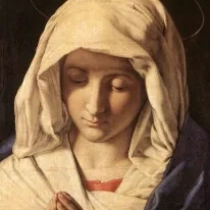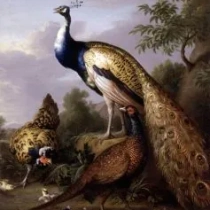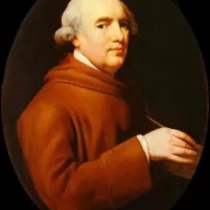Supper at Emmaus 1601-02
Caravaggio's "Supper at Emmaus" (1601-02) is a masterful example of the artist's innovative use of chiaroscuro and naturalism. The painting depicts the moment when, according to the Gospel of Luke, two disciples recognize the resurrected Christ as he breaks bread with them. Caravaggio's composition is striking for its dramatic lighting and intense emotional realism, capturing the awe and disbelief of the disciples as they realize the identity of their companion. The use of light and shadow creates a sense of immediacy and intimacy, drawing the viewer into the scene. Caravaggio's meticulous attention to detail, from the textures of the figures' clothing to the reflection of light on the dishes, further enhances the painting's lifelike quality.
This naturalism, combined with the powerful emotional impact of the scene, reflects Caravaggio's ability to infuse religious subject matter with a profound sense of human experience. "Supper at Emmaus" stands as a testament to Caravaggio's revolutionary approach to art, influencing generations of artists and capturing the essence of the Baroque period.







No Comments Yet...